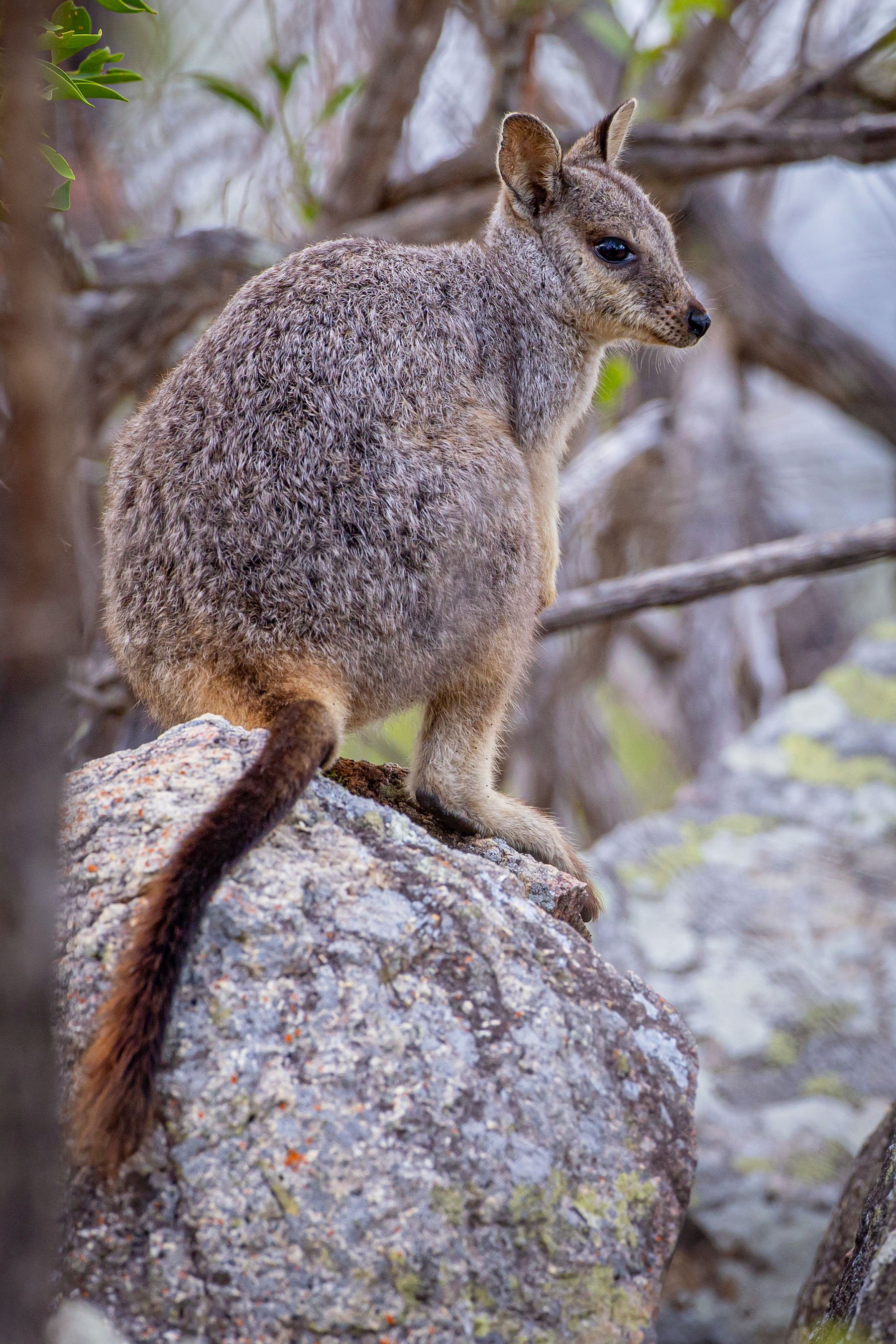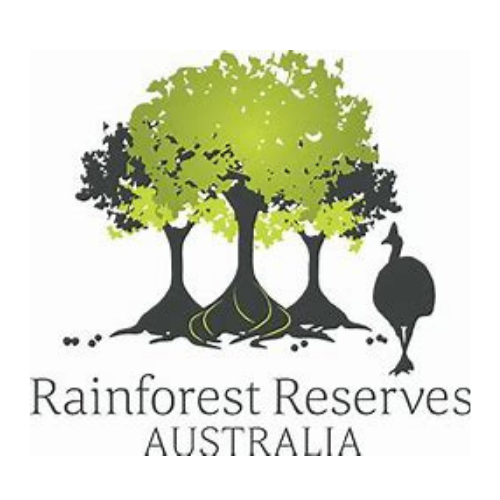Stop Upper Burdekin / Gawara Baya wind development, now approved
UPDATE: On the 18th June 2024 Windlab’s Upper Burdekin / Gawara Baya wind farm was approved by Federal Environment Minister Tanya Plibersek.
We are extremely distressed at this development. After 2 years of the community campaigning against the wind farm proposal, it’s approval sets a disturbing precedent for projects that can ‘get over line’.
If this project can be approved on such biodiverse critical habitat, no landscape containing to threatened species in Queensland is truly safe.
Proponent: Windlab
Turbine number: 69
Location: Upper Burdekin/ Gawara Baya wind development site is located on the Seaview Range, approximately 65 km south-west of Ingham in North Queensland. The project area is immediately adjacent to part of Lannercost State Forest and Girringun National Park (Mount Fox section) and approximately 650 m from the Girringun National Park. The closest part of development “footprint” is located only 5 km to the west of the Wet Tropics World Heritage Area (WTWHA).
Development “footprint”: up to 616.5 hectares.
MNES: Listed threatened species and communities / listed migratory species
Threatened and migratory species, with the following known to occur in the project area include:
1. Sharman’s rock wallaby (Petrogale sharmani)
2. koala (Phascolarctos cinereus)
3. greater glider (northern) (Petauroides minor)
4. spectacled flying-fox (Pteropus conspicillatus)
5. greater large-eared horseshoe bat (Rhinolophus philippinensis)
6. bare-rumped sheathtail bat (Saccolaimus saccolaimus nudicluniatus)
7. magnificent brood frog (Pseudophryne covacevichae)
8. red goshawk (Erythrotriorchis radiatus)
9. masked owl (Tyto novaehollandiae kimberli)
10. white throated needletail (Hirundapus caudacutus)
11. fork-tailed swift (Apus pacificus)
12. oriental cuckoo (Cuculus optatus)
13. rufous fantail (Rhipidura rufifrons)
14. satin flycatcher (Myiagra cyanoleuca)
15. spectacled monarch (Symposiarchus trivirgatus)
16. eastern osprey (Pandion haliaetus).
Unavoidable significant impacts to these threatened species:
• Sharman’s rock wallaby – 598 ha
• Koala – 614 ha
• Greater glider – 581 ha
• Red goshawk – 616 ha
• Masked owl – 243 ha.
Lasting significant negative impacts to these threatened species:
koala, greater glider, Sharman’s rock wallaby:
Potential for impacts from ground level activities including vegetation removal, habitat fragmentation and edge effects, habitat disturbance and injury / mortality.
red goshawk, masked owl:
Potential for impacts from ground level activities including vegetation removal, habitat fragmentation and edge effects, habitat disturbance and injury / mortality.
Description of landscape in Project Area: The project area is predominantly covered by remnant vegetation and contains large tracts of well-connected native vegetation. The project area is broadly connected to surrounding landscapes and vegetation by a state-mapped remnant corridor which is situated in a north to south alignment throughout the project area.
Project Area: Land parcel is 29,038 ha of land occurring on one property, Kilclooney Station, Lot 3198.
Biodiversity corridors and connectivity: The project area is predominantly covered by remnant vegetation and contains large tracts of well-connected native vegetation. The project area is broadly connected to surrounding landscapes and vegetation by a State-wide terrestrial corridor, which is situated in a north to south alignment throughout the project area. Two State-wide riparian corridors intersect the project area associated with Michael Creek and Douglas Creek.
Restoration: Windlab states they will reveg over 75% of the cleared footprint. We say it’s impossible to restore remnant habitat and replace what’s lost. It’s impossible to remove weeds at that scale.

Impacted species
Source: Upper Burdekin Wind Farm Public Environment Report
Koalas are widely distributed across the project area. They were recorded on 21 occasions during field surveys through spotlighting, acoustic recorders and remote camera surveys. Koalas were in healthy condition. Female koalas with joeys were observed on three occasions during the dry season surveys and mating bellows were recorded in the dry and wet season surveys, indicating this is an active breeding population. All observations of koala were of healthy individuals. Koalas will lose 614 ha of koala habitat if the project is approved.
Based on the number of koalas seen in the project area, observed to be actively breeding, and the extensive availability of suitable habitat, it is likely the project area contains an important population of koalas. The population is likely to be a key source population for breeding or dispersal, and, large enough for maintaining genetic diversity.
As the project area is considered to contain an important population, and the species was observed to be actively breeding, it is considered to contain habitat critical to the survival of the koala.
Sharman’s rock wallabies were spotted numerous times during ecological surveys. surveys through spotlighting, acoustic recorders and remote camera surveys.
Greater Gliders are widely distributed across the project area, recorded on 23 occasions during field surveys through spotlighting. The population in the project area is between two larger centres of occurrence in the Herbert River region to the north and the Mount Zero region in the south.
The population of the greater glider (northern) in the project area is likely important due the abundance of sightings and habitat, and its location between two larger centres of occurrence. The project area likely supports a source population for breeding and dispersal.
Given the intact remnant nature of the species habitat and presence of mature hollow-bearing trees, habitat critical for the survival of the species is likely to be present within the project area.
Bare Rumped Sheathtail Bats will be impacted by the development footprint which will result in the removal of 656 ha of foraging habitat. They are classed in the PER as “Moderate risk” of turbine strike.
Greater large-eared horseshoe bat - The project area supports an important population of the species and habitat critical to the survival of the species.
Spectacled Flying Foxes - 2 were recorded at two locations within the project area during the 2019 field survey, where foraging was observed on Burdekin plums and fig trees, both of which are scattered across the entire project area.
Red Goshawks – one was spotted during Ecological Surveys. The species was assessed as moderate risk of turbine strike.
Masked Owls seen on two occasions, once within and once adjacent to project area. Species was also detected at three acoustic recorder sites.
Fork tailed swifts were recorded during March 2022 surveys. The species was assessed as moderate risk of turbine collision.

























